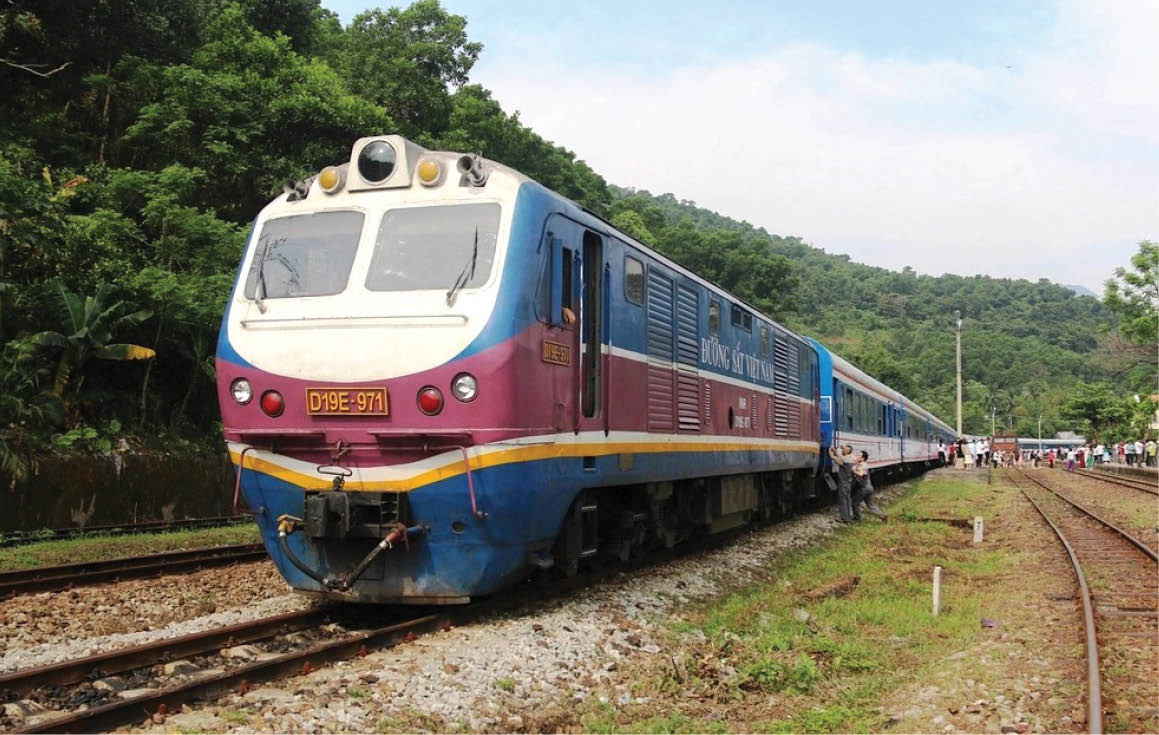 |
| The train stopped at Lang Co station. |
Lack of legal corridor
Hue is located on the North-South railway line with a length of 112.5km, with 10 stations, of which Hue station is one of the largest transit points in the country. With a large volume of passengers and goods, the railway system in Hue should play an important role in the economic development of the region. However, in reality, this system has not yet been effective due to many long-standing "bottlenecks".
According to the Department of Construction, although Hue station is large in scale, has a convenient location and high passenger traffic, the lack of connection with important traffic hubs such as Chan May seaport and Phu Bai airport makes it impossible for the railway infrastructure to take advantage. These connecting branch lines have not yet been properly invested in, disrupting the "flow" of freight and tourism transport.
Another serious problem is the system of illegal crossings across the railway. Currently, there are still dozens of illegal crossings in the city, many of which are located in densely populated areas, without barriers or warning signals. More than 50% of railway accidents in Hue in the past three years have occurred at these intersections.
The authorities pointed out that the main reason is that the current legal corridor has not been effectively implemented. The 2017 Railway Law has stipulated the installation of boundary markers and protection of railway safety corridors, but up to now, Hue City has not been able to implement it. The main reasons are lack of funding, unclear decentralization mechanism, and localities do not have enough authority and budget to implement it and must wait for guidance and capital allocation from the Central Government.
This situation not only causes difficulties in infrastructure management and maintenance but also affects the progress of related transport projects, increases capital, and prolongs implementation time. The problem of railway development in Hue is therefore not simply a technical issue, but also a challenge in terms of institutions and coordination between government levels.
According to Vice Chairman of Hue City People's Committee, Mr. Hoang Hai Minh, the city is currently promoting the implementation of connecting roads with existing infrastructure, aiming to eliminate 100% of self-opened residential paths by 2025. This not only improves safety but also creates conditions for seamless urban development, attracting investors.
 |
| Leaders of the National Assembly's Committee on Science, Technology and Environment surveyed Chan May port related to the metro line. |
Create new resources
The Draft Law on Railways (amended) is expected to remove many existing "bottlenecks". One of the notable contents is the amendment of Clause 3, Article 16, related to the criteria for connecting railways with seaports. According to current regulations, a type I seaport must reach a minimum of 50,000 TEU/year to be required to connect to railways. However, Chan May port, according to the plan until 2030, will only reach about 30,000 - 40,000 TEU/year.
During a meeting with the People's Committee of Hue City, Dr. Tran Van Khai, member of the National Assembly's Committee on Science, Technology and Environment, said: "We cannot use rigid criteria as barriers to development. For growing ports like Chan May, it is necessary to lower the threshold to 40,000 TEU or have a flexible mechanism so that localities have conditions to invest in suitable connections."
If approved, this proposal will pave the way for Hue and many other provinces and cities in the Central region to access investment resources and build railways connecting to seaports. Thereby, import and export goods can be transported directly from the port to the station, reducing logistics costs, increasing competitiveness and creating incentives to attract investment in coastal economic zones.
In addition, the draft Law proposes a clearer decentralization mechanism for localities in managing railway corridors. Items such as barriers, service roads, and underpasses, if properly decentralized, will help localities be more proactive, instead of being completely dependent on central ministries and branches.
Specifically, small-scale projects such as residential access roads can be proactively invested by localities using the provincial budget; while large projects such as overpasses and underpasses will be undertaken by the Ministry of Construction. This approach helps optimize resources, minimize overlap in management, and enhance the responsibility of localities in protecting and exploiting railway infrastructure.
The draft law also opens up a legal corridor to attract non-budgetary investment in the railway sector, through public-private partnerships (PPP). Under suitable conditions, private investors can participate in the construction of branch lines, new stations, logistics centers, etc., creating new resources and reducing pressure on the state budget.
Take railways as the leading path for development A bright spot in Hue's development vision is the application of the TOD model (Transit Oriented Development) to the planning of railway stations. According to the TOD model, the station is not only a boarding and disembarking point but also the core of urban development. The areas surrounding the station will be synchronously planned with parking lots, commercial areas, transit centers, hotels, offices, etc., creating vibrant economic spaces and effectively exploiting urban land funds. If implemented synchronously, the station development strategy according to the TOD model will help the railway not only be a means of transport but also become a driving force for economic development, regional connectivity and promote sustainable urbanization for Hue and the entire Central region. |
Source: https://huengaynay.vn/chinh-tri-xa-hoi/theo-dong-thoi-su/thao-diem-nghen-the-che-khoi-dong-van-tai-duong-sat-154231.html













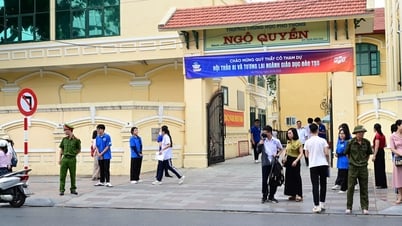

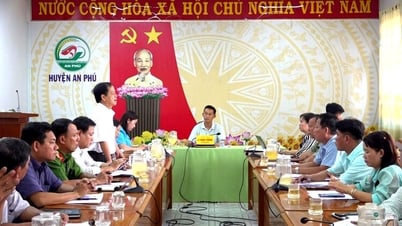

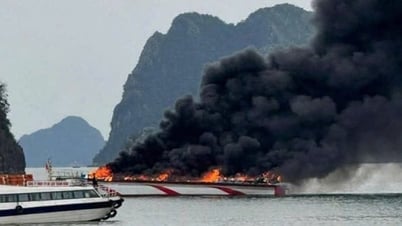





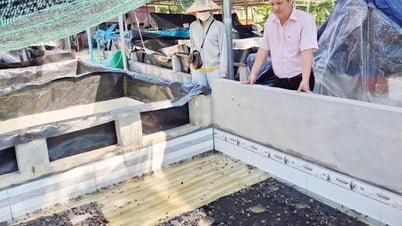



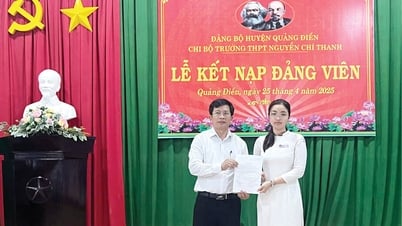
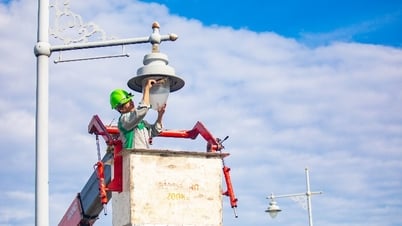






























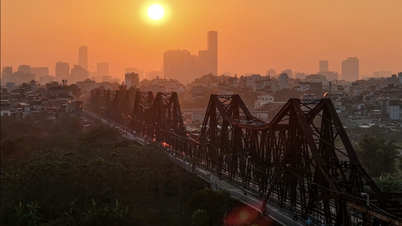











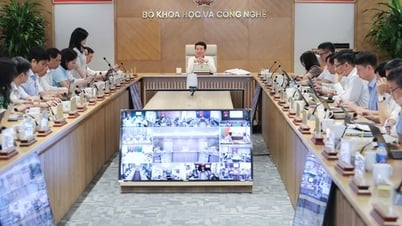
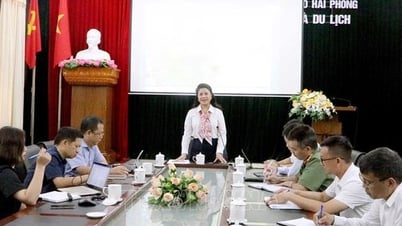
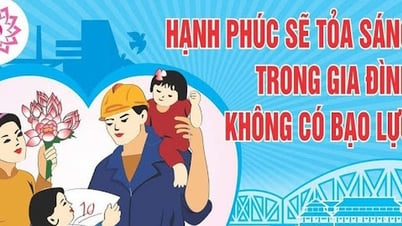




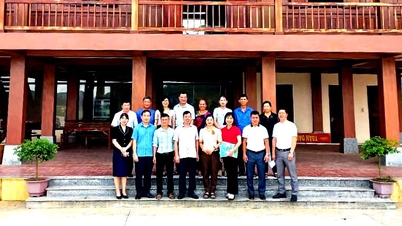

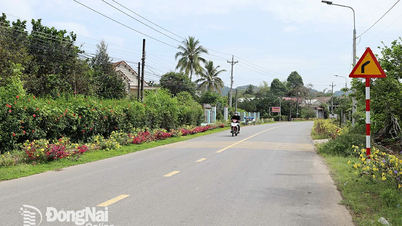


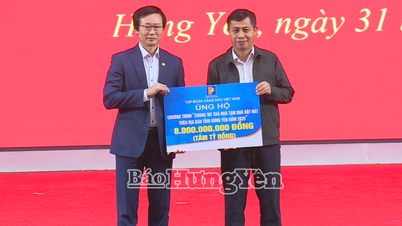














Comment (0)